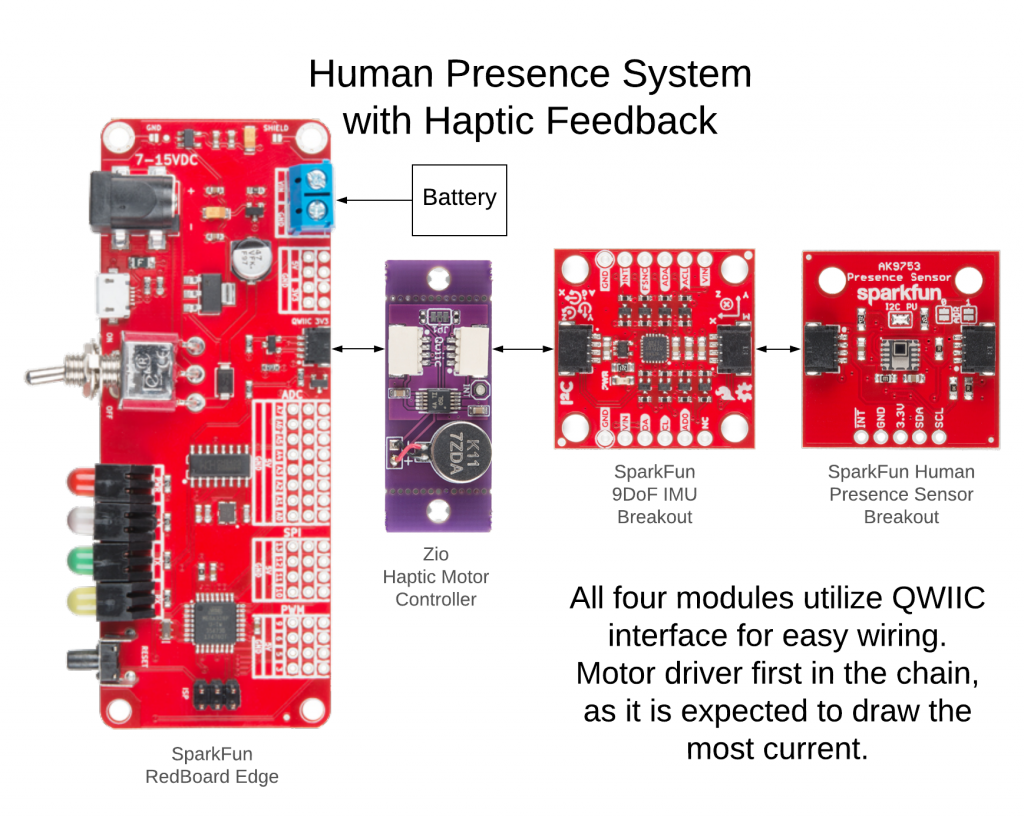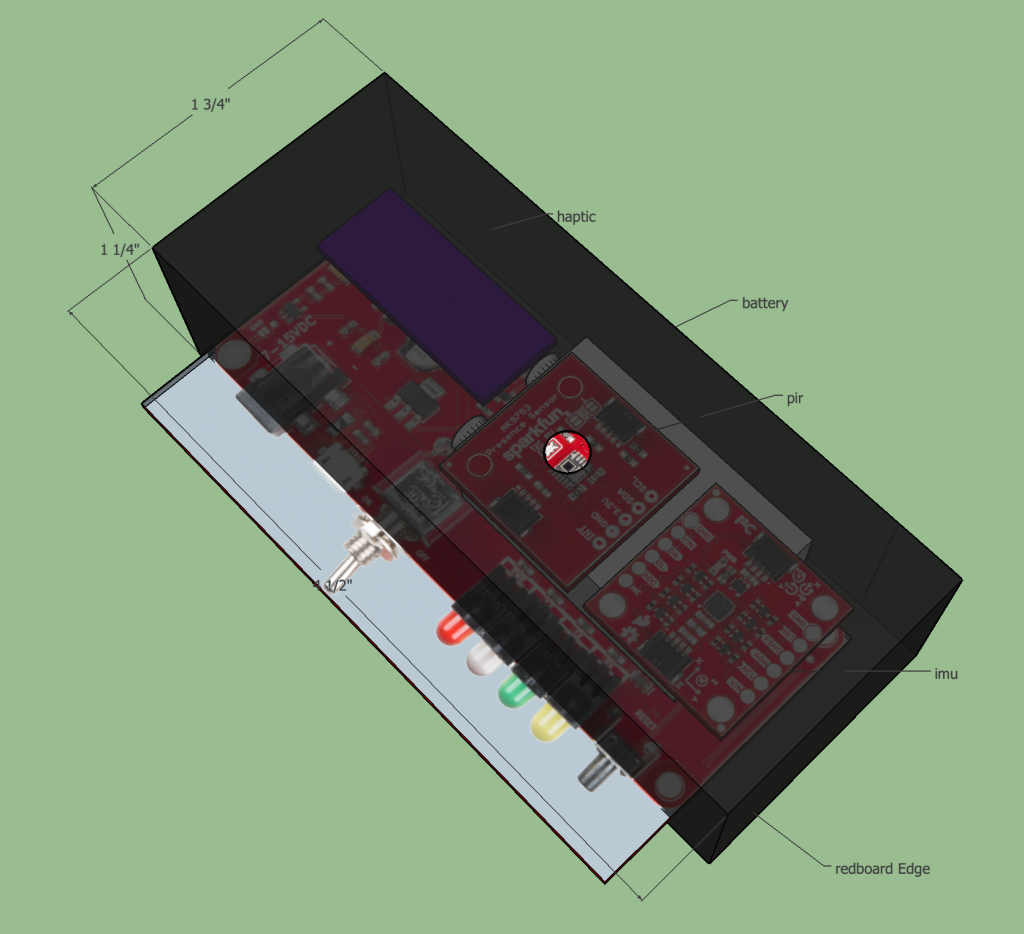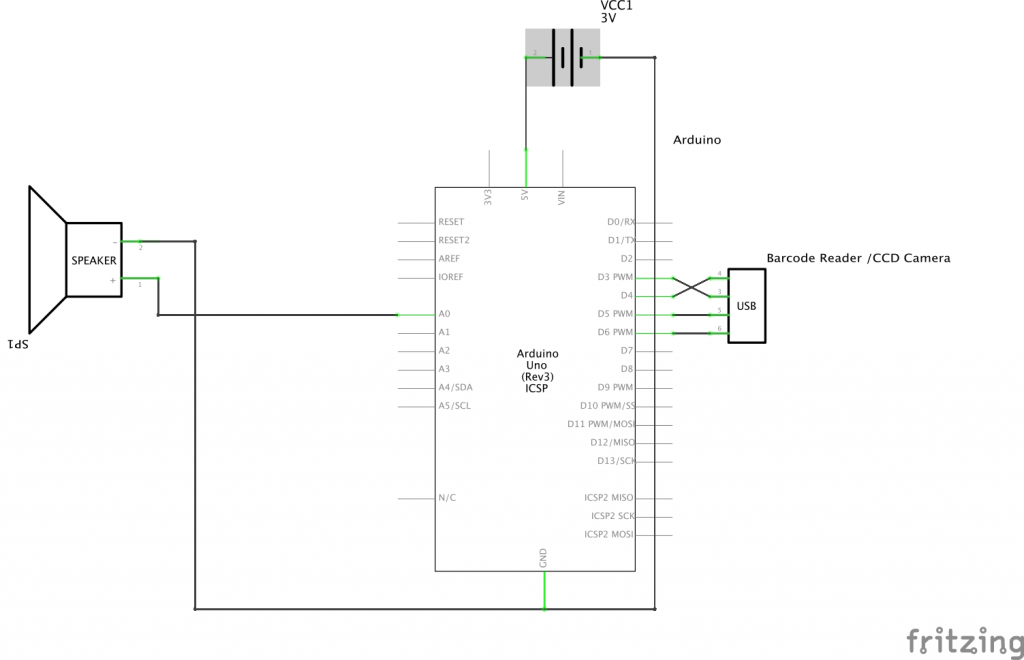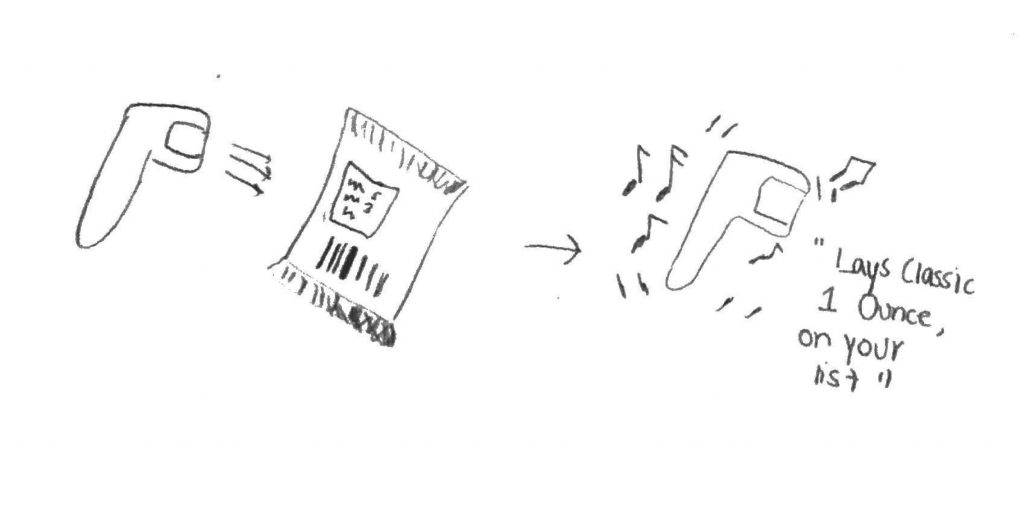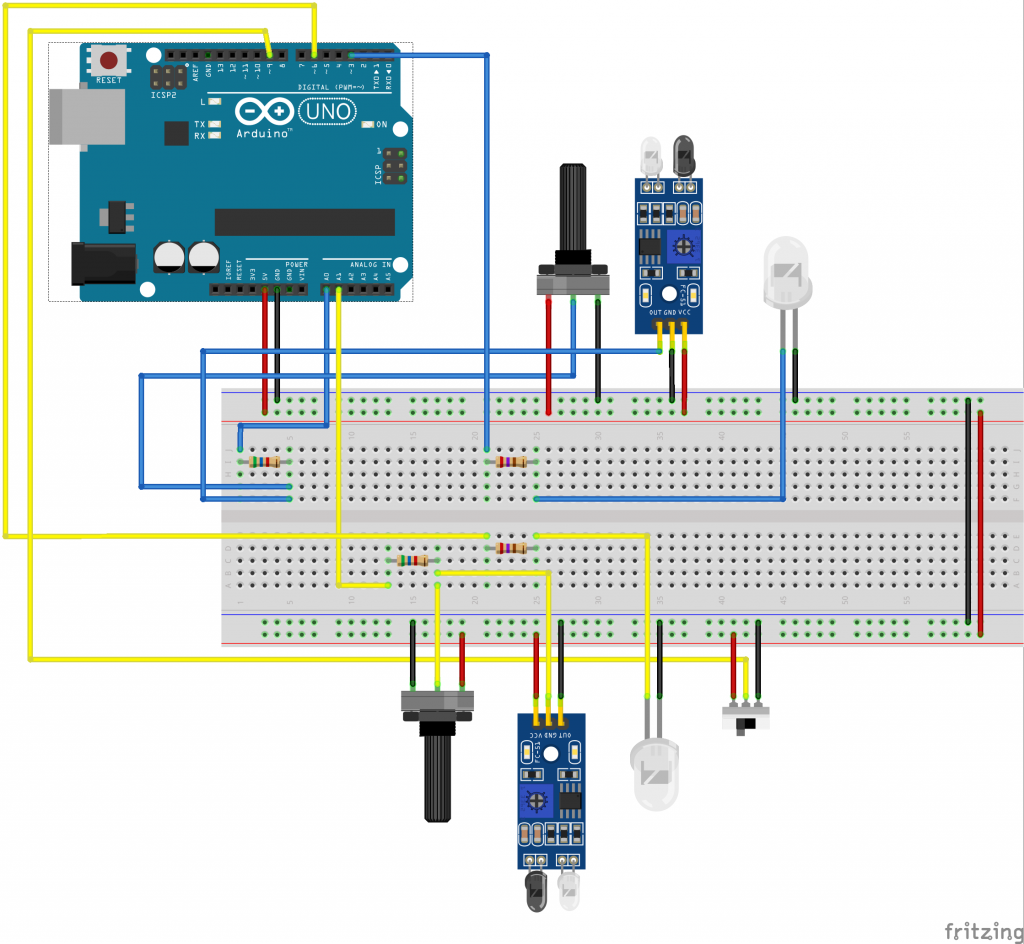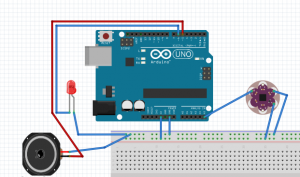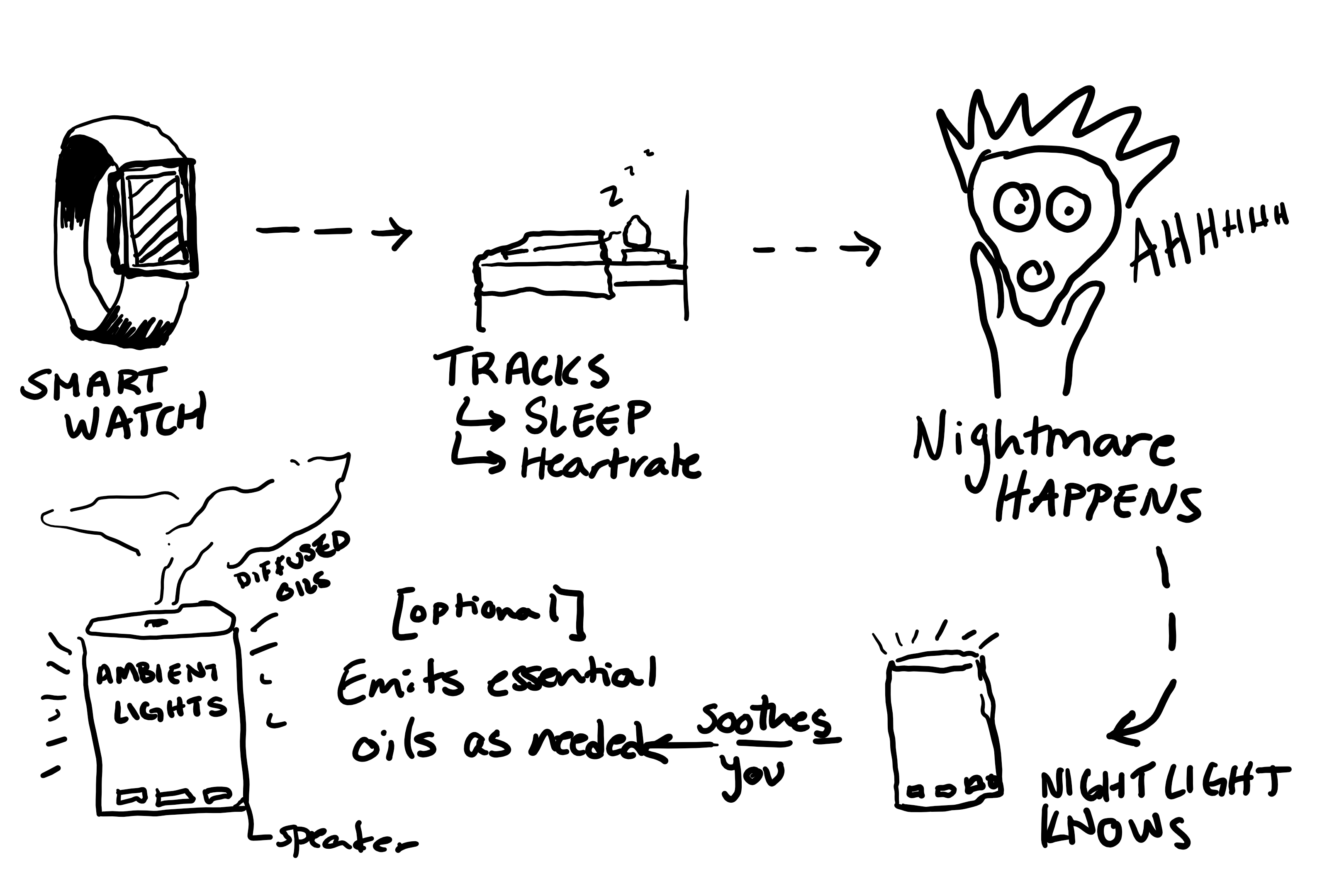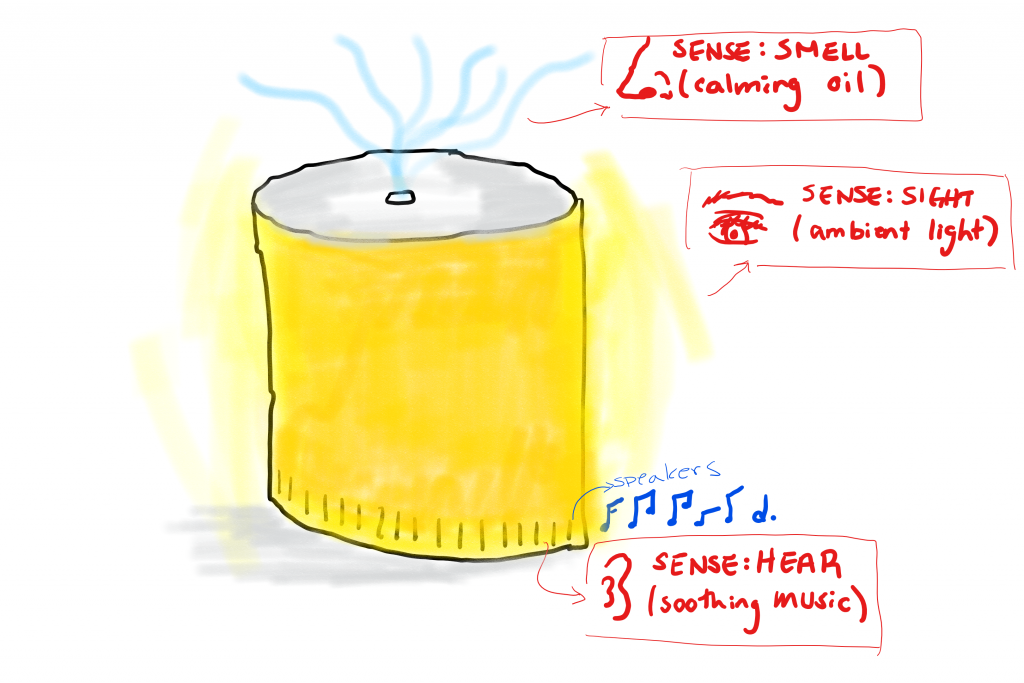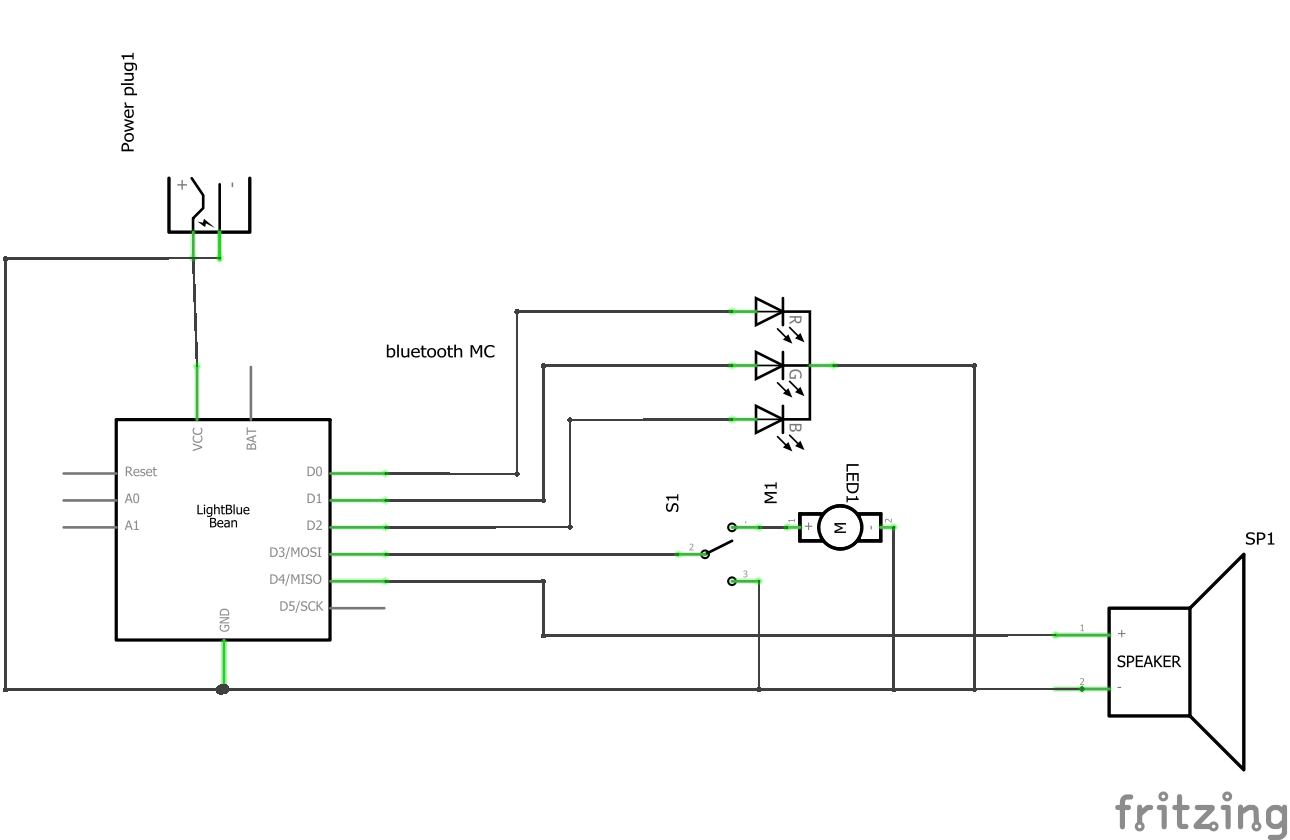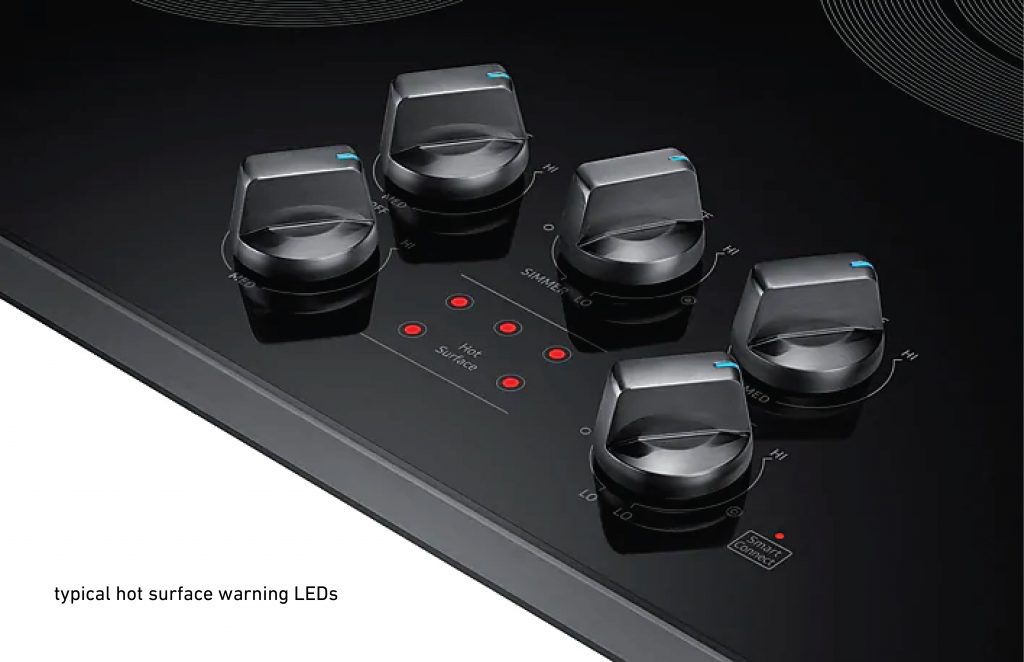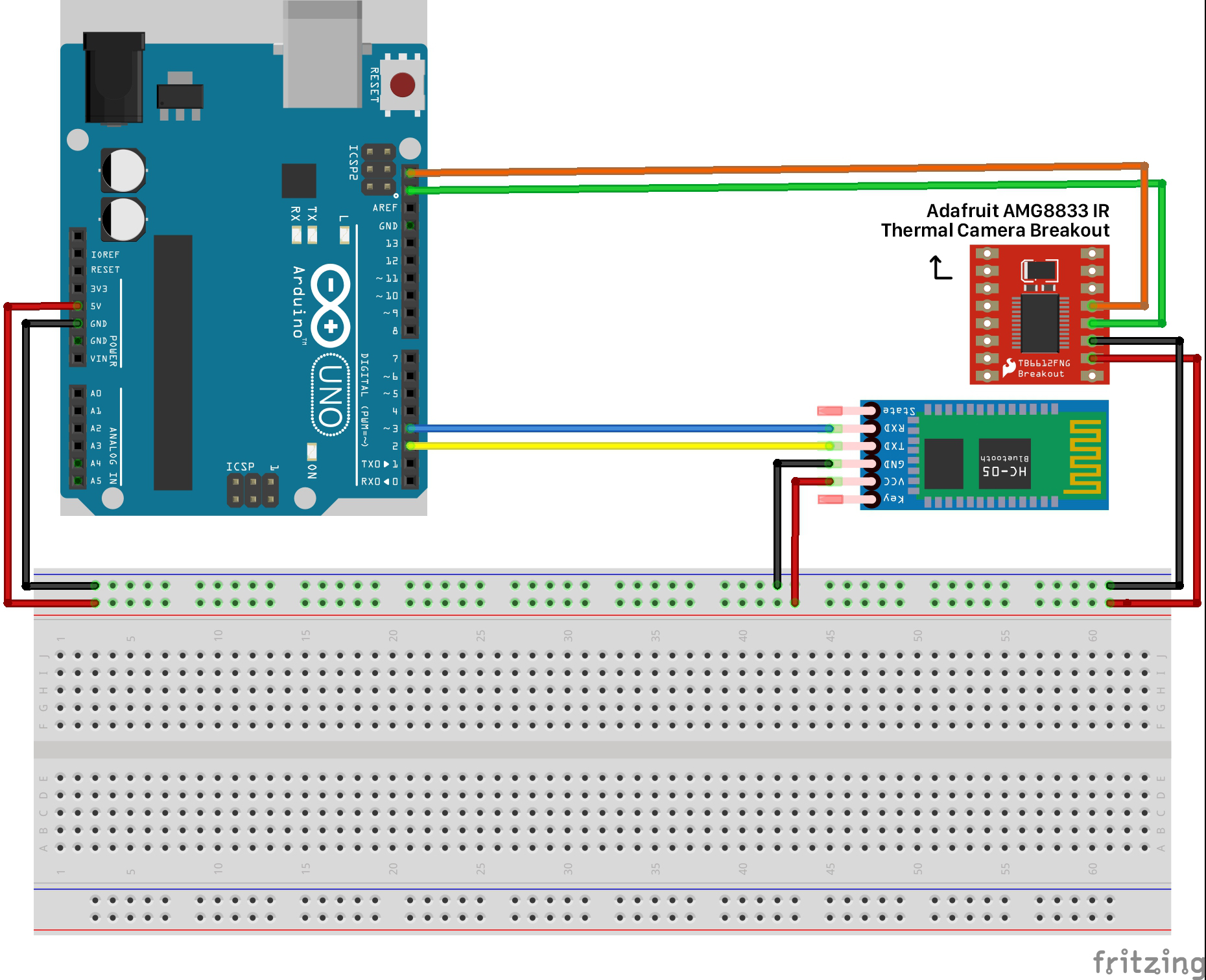Class stuff
Alternative Technologies Maker’s Fair
My office hours this semester will be Thursdays, 4:30-6:30pm in Hunt A10. If you need to meet at some other time we can probably work out a Skype call.
Setting up the SparkFun RedBoard Turbo
Installation instructions
Official Sparkfun hookup guide.
If you have a working board, please read the details of how this is an improvement on the Arduino.
Debugging
Test things in this order.
- Do you have a good USB cable? If you plug in a USB cable and the RedBoard LEDs don’t light up, it’s a bad cable. In my studio I just tried 8 cables and 1 did not light up the RedBoard unless I forced it in to an odd position. If the cable connection isn’t super-snug between the cable and your RedBoard, try other cables. My good cables lit up all of the RedBoards, including ones that didn’t work in class.
- Reboot your system after installing the SparkFun updates to the Arduino IDE.
- Can your laptop “see” the RedBoard over USB? This is a bit trickier, but on Win10 the Arduino IDE should show “SparkFun RedBoard Turbo” in the text on the list of ports.
- If you’re getting a lot of red text that looks like compilation errors, try compiling the script in the installation instructions. It should sequence the LEDs near the USB connector.
- Serial() doesn’t work. Use SerialUSB() instead.
Setting up p5.js / serial
There are two steps here.
First, set up p5.js using these instructions. Don’t use the web editor, download the p5.js package and use a local editor. Run a few “Hello World” sketches to verify that things are working correctly.
Second, install p5.serialcontrol. There’s a set of instructions at ITP for making the connection between p5.js and the Arduino, but if it doesn’t work for you on the first go, don’t waste a lot of time trying to sort it out. We’ll do that on Thursday at the start of class.
